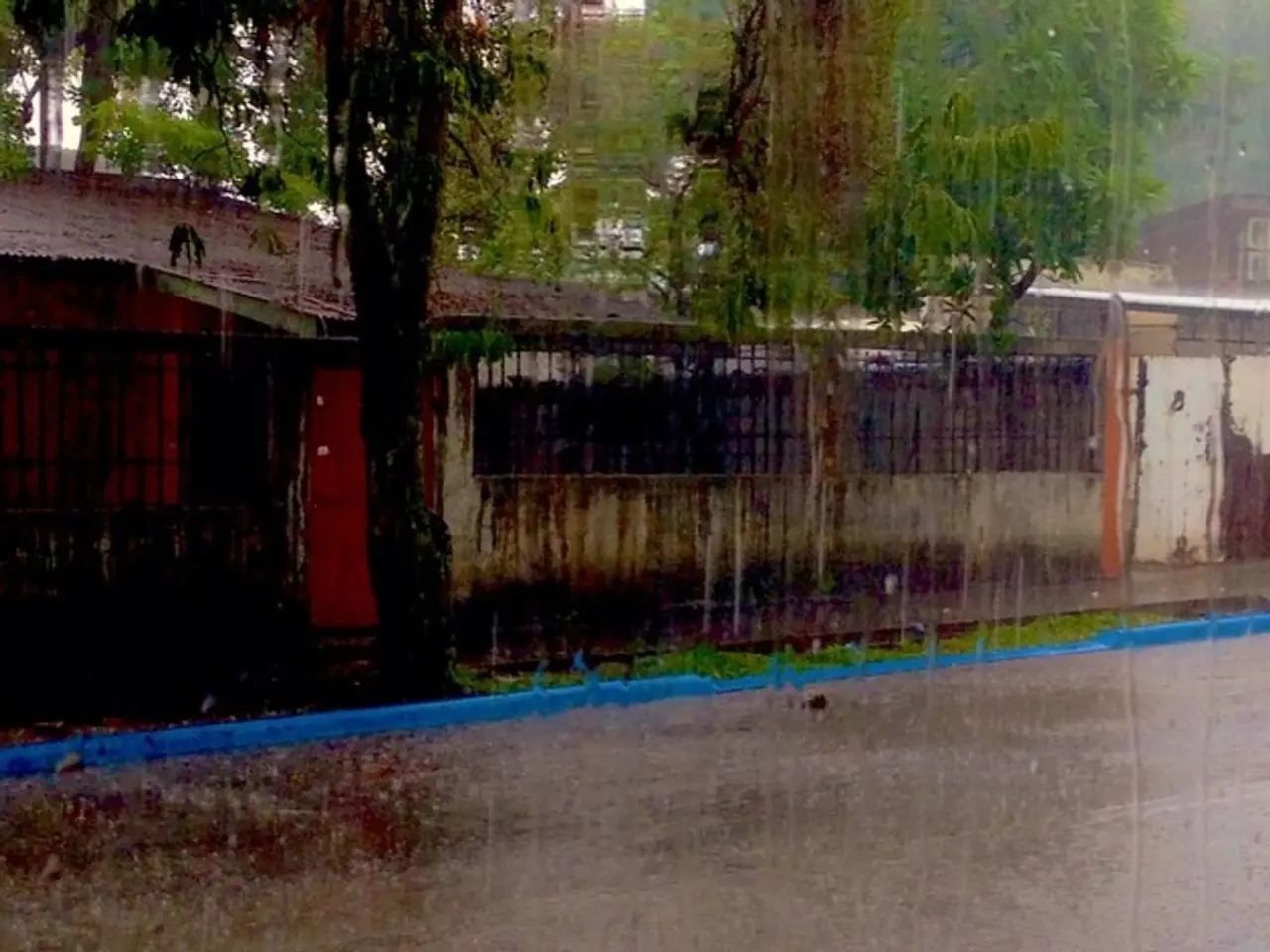Milwaukee struggles with flash floods, affecting the state fair and airport, as further rain is forecast for Sunday.
Historic Flooding Hits Milwaukee County
Milwaukee County faced unprecedented flooding on August 9-10, 2025, with record-breaking rainfall and flooding that caused widespread property damage and infrastructural impacts. This event, described as a "thousand-year storm" by Milwaukee's mayor, brought as much as 12 inches of rain in some parts, overwhelming drainage systems and resulting in historic floods.
Impact of the Flooding
Floodwaters submerged streets, parks, basements, and vehicles, particularly in Milwaukee and surrounding communities like Wauwatosa and Waukesha. Power outages affected tens of thousands of residents, and the Milwaukee River hit a record crest of 11.19 feet, surpassing a previous high from 2010. Emergency responders handled over 600 calls overnight, including 65 water rescues, gas leaks, electrical hazards, and structure fires. Fortunately, no flood-related deaths had been reported by August 10.
Rescue Efforts and Assistance
Fire and emergency crews responded rapidly to hundreds of emergency calls, conducting water rescues and addressing hazards. Milwaukee County and state officials declared emergencies, and the National Guard was mobilized to assist with recovery efforts. Authorities urged residents to avoid flooded roads and follow official safety advisories to minimize risks.
Affected Infrastructure and Events
The Milwaukee Mitchell International Airport was affected by the flooding, with runways, taxiways, and an underpass tunnel flooded. The Wisconsin State Fair was forced to shut down nearly on its penultimate day, cancelling a performance by Lynyrd Skynyrd. USA Triathlon also cancelled its Sprint National Championships and Paratriathlon National Championships due to flooding and damage on the course.
Future Warnings and Precautions
Officials noted the city’s vulnerability to extreme weather and emphasized ongoing efforts to manage flooding risks and improve infrastructure resilience. Residents were encouraged to stay alert, abide by road closures, and monitor updates through official channels like 511wi.gov and local weather alert services.
This flooding event stands out as one of the most severe in Milwaukee's recent history, linking the challenges to climate variability and highlighting the importance of preparedness and infrastructure adaptation. About 65 water rescues were performed by the Milwaukee Fire Department, and dozens of vehicles were reported stranded in floodwaters. If floodwaters have reached above knee-level in basements, residents should wait until it recedes to enter. A dozen fire departments from neighboring counties assisted with the response. Milwaukee remains under a level 2 of 4 risk for excessive rainfall on Sunday and is under a flood watch.
- The historic flooding in Milwaukee County, a "thousand-year storm," brought about 12 inches of rain, causing profound property damage and infrastructure issues.
- Climate variability was noted as a contributing factor to this severe weather event, highlighting the importance of environmental science and climate-change studies.
- The flooding also affected sports events in the region, such as the Wisconsin State Fair, which was forced to close, and the USA Triathlon Sprint National Championships and Paratriathlon National Championships were cancelled due to flooding and damage on the course.
- Sports betting on the MLB, such as the local baseball team, could potentially be affected by flooding events and infrastructure disruptions.
- While fires were not directly caused by the flooding in this instance, it is essential to remain vigilant about fire hazards, especially when dealing with standing water and flooded areas, which can pose a risk for fires.
- General news reports have covered this flooding event extensively, discussing the impact on car accidents, the need for infrastructure improvement, and the importance of emergency response teams and rescue efforts.






